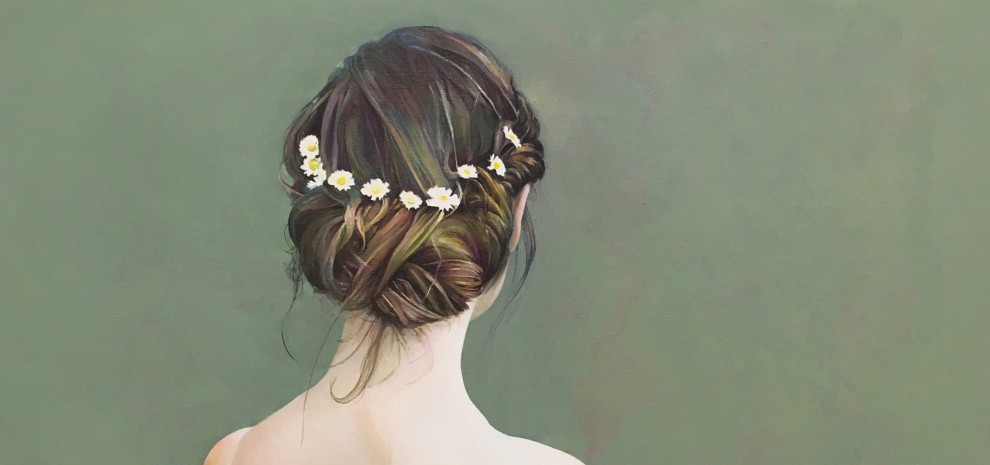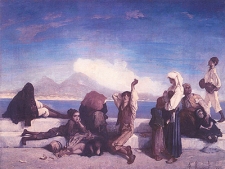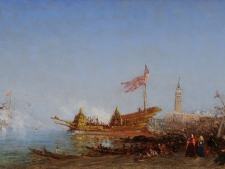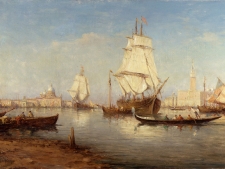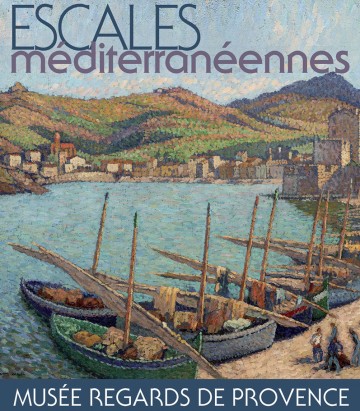
From June 17, 2017, to January 28, 2018, the Musée Regards de Provence showcased the theme of Mediterranean Stopovers. Nearly 80 works invite visitors on a pictorial journey, thanks to the perspectives of 19th and 20th-century artists such as Camoin, Friesz, Guillaumin, Lebasque, Marquet, Martin, Olive, Peske, Picabia, Seyssaud, Valtat, Verdilhan, Ziem, and others, who celebrate the Mediterranean way of life, where the human element plays a prominent role. These artists came to set up their easels in these stopovers, inspired by the picturesque nature of certain cities, the bustling harbors, and the exceptional geography of the coastline, between coves and hills. These approaches blend romanticism, realism, neo-impressionism, divisionism, fauvism, pointillism, and expressionism, and form the narrative framework of these ten stages.
The Art of Living in Relation to the Sea
The painters of the Mediterranean, whether they belong to the Provençal School or not, are part of the dialectic between nature and way of life. An affirmation of southern identity comes through in their works, in contrast to the official art of their time. While not neglecting the landscape of the Provençal hinterland, these painters focused on magnifying the old Phocaean city, multiplying views of its harbor bay. They also turned toward the coastline, rediscovering—like Garibaldi, Olive, Verdilhan, or Seyssaud—the charm of small towns such as Cassis and La Ciotat. Meanwhile, Ponson, in a more romantic way, set up his easel in the calanques, which were still wild at the time, that bordered them.
Italy, of course, both its Mediterranean part (Genoa, Naples) and its Adriatic side (Venice). Before Monet and Whistler, Ziem immersed himself in the maritime festivals of the Serenissima to capture these magical moments in paintings that still fascinate us today. In the wave of the Orientalist movement, it was in Algiers and Alexandria that Friesz and Courdouan made lasting stopovers, absorbing the sensations and fixing, sub specie aeternitatis, moments of their turbulent history.
So many artists, so many sensibilities that form the narrative of these ten Mediterranean stopovers with their contagious charm: Collioure, Martigues, Marseille, Cassis – La Ciotat, Toulon – Hyères Islands, Estérel – Agay, Saint-Tropez, Antibes – Cannes, Venice – Naples, and Alexandria – Algiers.
